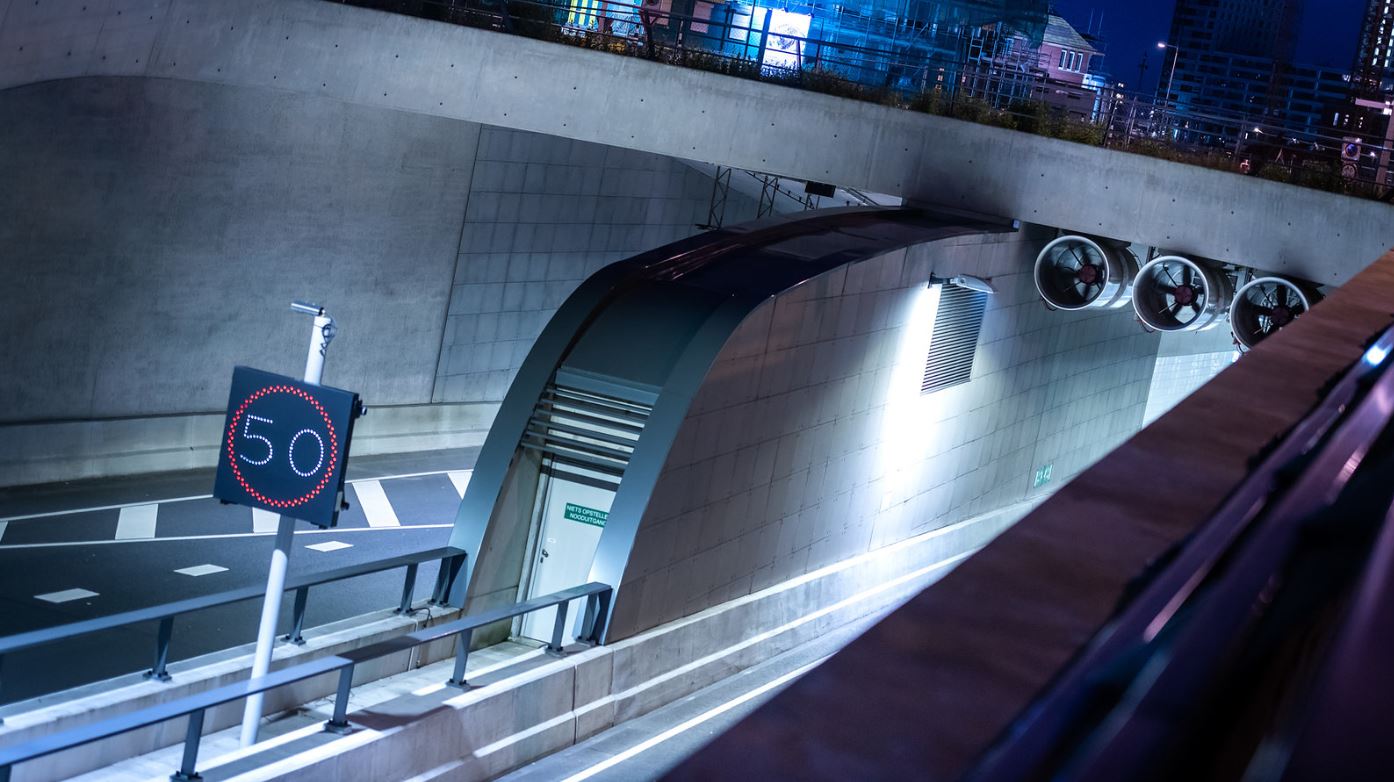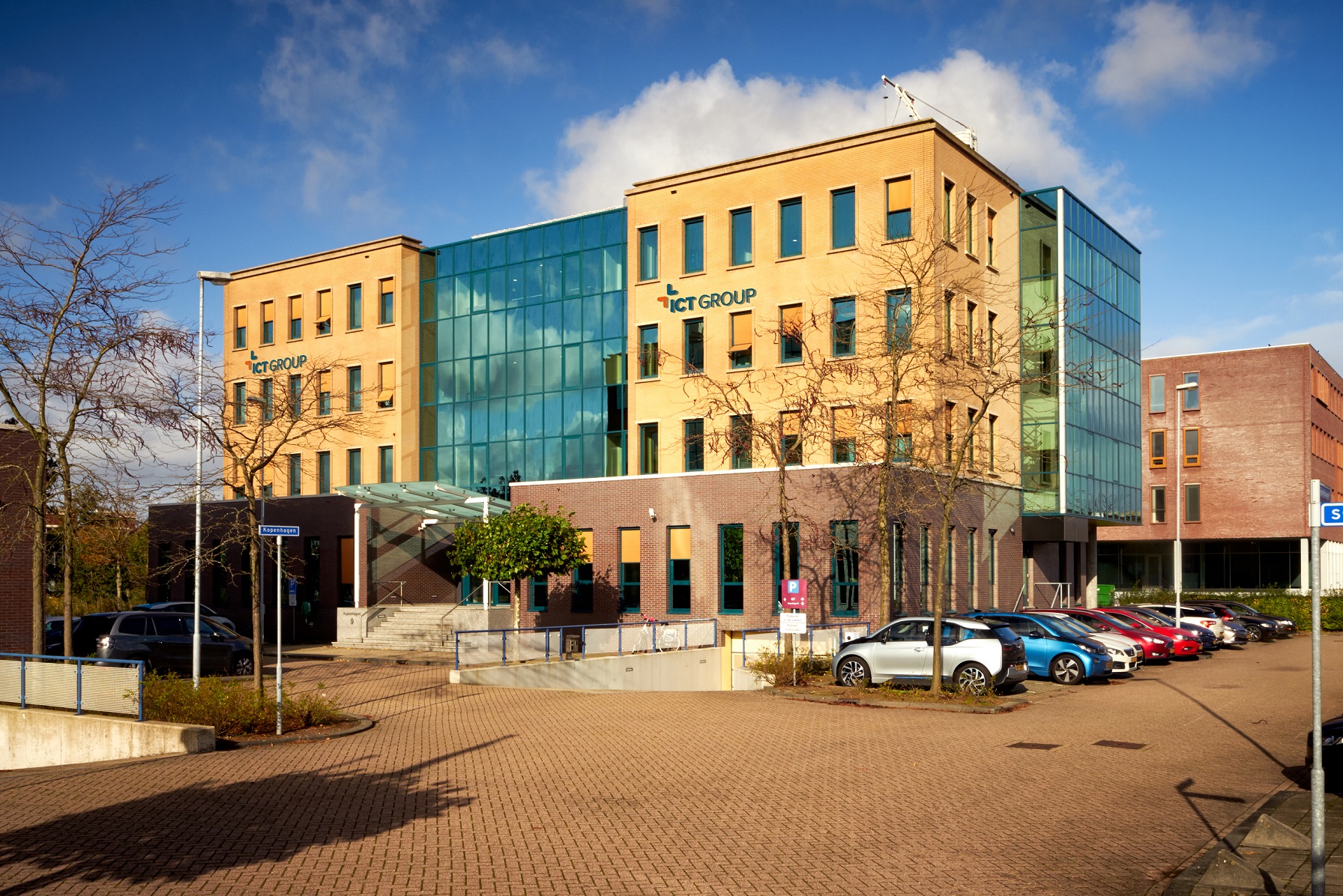
The Amsterdam Houthavens area has become a special, restricted traffic area for high-quality living along the IJ waterfront, thanks to the Spaarndammertunnel. The tunnel connects the new residential area with the city centre. The connection of the tunnel’s technical installations was realized through the collective efforts of a collaboration that came about in an unexpected manner, but which turned out to be very successful.
Seven islands in the Amsterdam IJ. The location which used to serve as storage area and transfer of tree trunks, has been transformed into a special residential area right on the waterfront. The only thing that remains from the past is its name, Houthavens, which means Timber ports. The Spaarndammertunnel, which was opened in February 2018, has created a restricted traffic residential zone and connects the new area with the Spaarndammerbuurt. The Spaarndammertunnel leads the through traffic underground, creating more space above ground for greenery, bicycle and walking tracks as well as public transport. The old
road connection created a barrier between the two residential areas. The brand-new, 800-metre long tunnel, of which 470 metres is covered, has ensured that eighty percent of the 22,000 daily vehicle movement passes underground. In addition, the southern tunnel wall functions as a water barrier. Should the IJ ever flood, then Amsterdam will remain safe and dry.
Advice required
The Amsterdam Municipality awarded the entire contract for the construction of the Spaarndammertunnel to Max Bögl. This company then subcontracted the technical installation to OSMO, an experienced German installation company. However, both parties had not taken into account that the Dutch legal requirements regarding the design and test processes are different to those in Germany. This led to the fact that before the actual work started, the consortium contacted ICT Group with the request to advise and support them in those areas in which they lacked the required know-how.
“As long as you maintain open communications and work together, it is possible to raise a project such as the Spaarndammertunnel to a higher level.”
Time and money
With regard to the testing activities, ICT Group advised using the V-model. The basic principle of this model is that you only pass onto the next phase after the previous phase has been tested and approved. This ensures that any issue or anything that is not fully correct, becomes apparent in a timely manner and can be addressed immediately. ICT’s original role was only advisory, but as time went on, the expertise of its IT team of fifteen professionals proved to be of added value in the domains of design and programming. Participating in the thought process, advising and initiating optimization measures, both during the design and the testing phase, has accelerated and simplified the process. Resulting in substantial savings of both time and money.
Positive side-effect
The three parties are very happy with the collaboration. The same goes for the Amsterdam Municipality, which is very happy with the way the project went. Maintaining open communications in a constructive manner at all times, also during disruptions or when things turned out different to what everyone had hoped or expected, has ensured that we’ve achieved more results with less effort. A positive side-effect of a project that started out with an incorrect assessment.
Spaarndammertunnel: achieve more results with less effort
Case study
